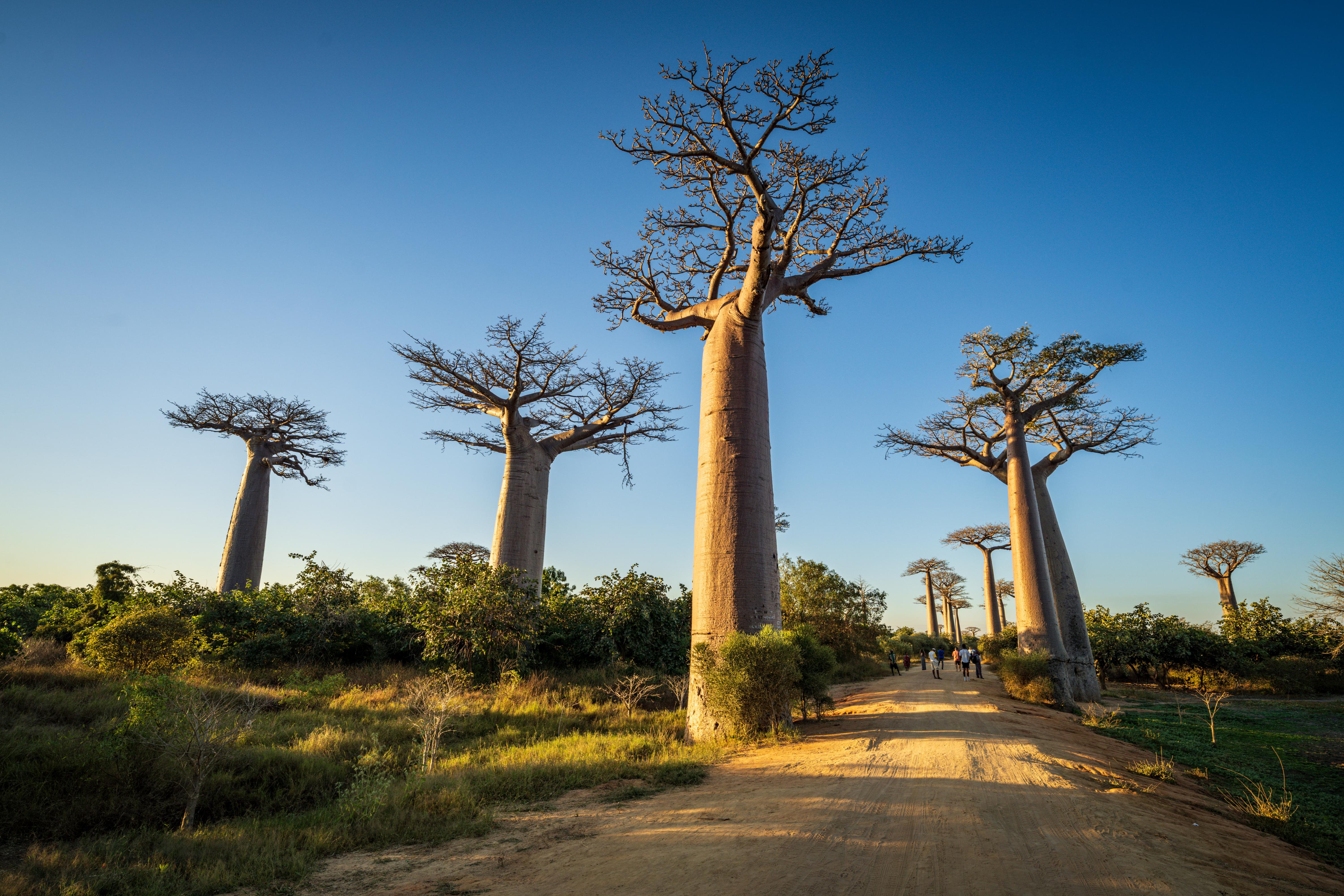700B
US DOLLARS
The estimated financing gap for biodiversity conservation is US$ 700 billion per year. As recognized by the Kunming-Montreal Global Biodiversity Framework (GBF), a range of new finance flows are required to close this gap, from bonds to funds to debt-for-nature swaps, which Conservation International continues to support. The GBF also recognizes the role that biodiversity or nature credits could play in closing this gap.
Our approach
Our strategy toward high-integrity, equitable and durable nature credit markets couples high-integrity demand with high-integrity supply, underpinned by effective governance, participation of Indigenous Peoples and local communities, and robust science enabled through technology. This will be facilitated by partnerships across all strategy levers and enabled through place-based market pilots that provide a safe space for collaboration and experimentation from which all market actors can learn.
